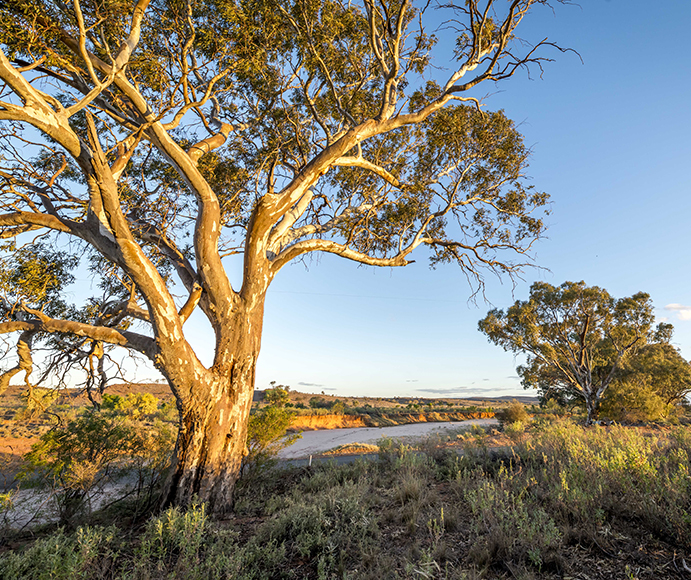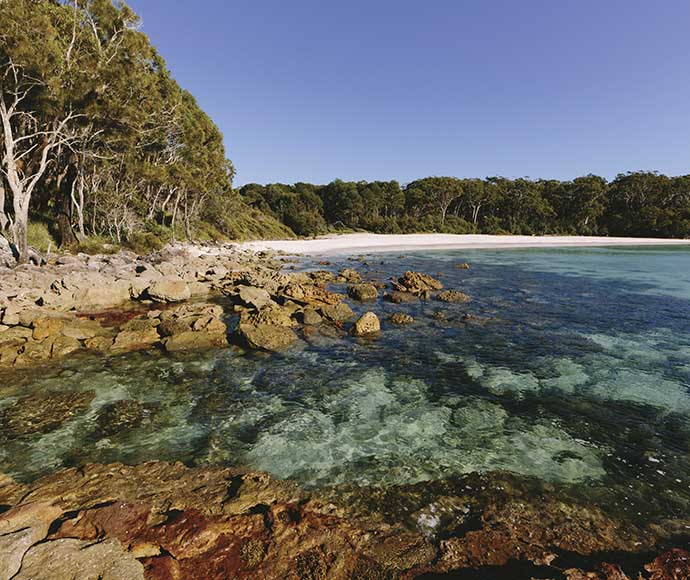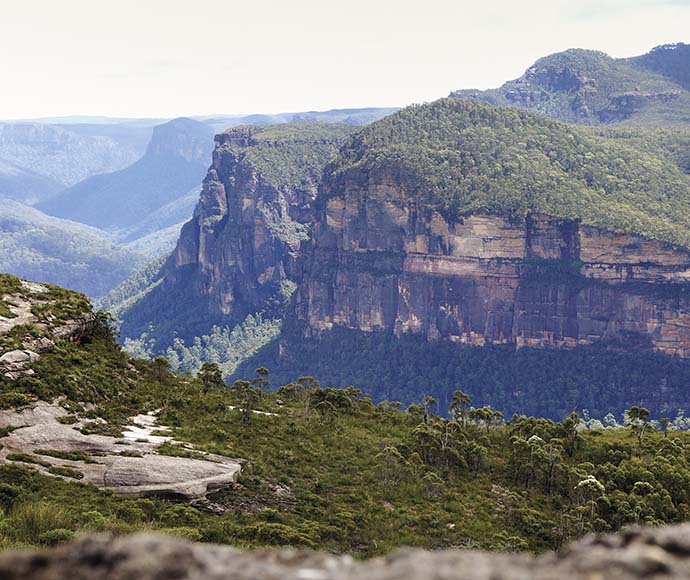The NSW national parks system is made up of more than 7.5 million hectares of land across more than 890 parks, reserves, state conservation areas, Aboriginal areas and historic sites. These protected areas are collectively referred to as 'parks'.
Each year, NSW National Parks and Wildlife Service acquires land to develop the park system and better include a wide variety of ecosystems, environments, plants and animals, and places important to people. We do this so that we can best represent and protect our natural and cultural heritage.
Acquiring and reserving land
The first step in establishing a new park, or adding land to an existing park, is to acquire the land. We often purchase the land for new parks but sometimes it can be donated or transferred. Land can be recommended by the community or government.
All land proposed for inclusion in our national parks system must be fully assessed and evaluated for its conservation value. It can then be approved for purchase or acquisition by other means.
Acquiring land is not the same thing as reserving land.
The second step is to formally reserve the land which has been acquired. Reservation protects the land in-perpetuity, allows land to be covered by a plan of management, ensures all the provisions of the National Parks and Wildlife Act 1974 apply and publicly identifies land as part of the national parks system. Reservation occurs by the publication of a notice in the NSW Government Gazette.
Land is not always reserved immediately after being acquired.
Acquisition proposals
Proposals to acquire land can be triggered in various ways, including:
- a government initiative, commitment or policy
- community interest or concern about the protection of a particular conservation value
- an outcome of research or government assessment
- an offer of land for sale
- an offer of donation or bequest
- development processes that require a biodiversity offset
- compensation for revoking a park
- an outcome of a whole-of-government land-use planning process.
Land with different types of ownership can be acquired and reserved, including freehold, leasehold and other Crown land such as state forest or Crown reserves.
The land acquisition process
NSW National Parks and Wildlife Service acquires land by agreement, under the National Parks and Wildlife Act 1974, in a 4-step process involving assessment, prioritisation, consultation and approval.
A large number of land acquisition proposals are considered each year. Our assessment process is fit for purpose and designed to maximise the use of resources and reduce the timeframes involved.
Assessment includes gathering information about a proposal's biodiversity and cultural heritage values, recreational opportunities, park management benefits and economic impacts.
Factors and values assessed can be found on the Offer or propose land for the national parks system page.
The extent to which an acquisition proposal is assessed will depend on inherent factors and values, as well as the proposal's size and location. A proposal that would create a new park requires a comprehensive assessment. However, a proposal to add land to an existing park would not require such detailed consideration because the relevant information about it already exists. A comprehensive assessment requires desktop study, expert opinion, and site inspection.
A decision to discontinue or defer a comprehensive assessment can occur at any point in the assessment process if:
- insufficient information is available to adequately assess the values of the proposal
- the land is of limited conservation value
- it conflicts with other government business interests
- long-term management of the land is not sustainable
- there is insufficient acquisition budget.
An acquisition proposal may be declined if:
- the land is not in a relatively natural state, unless it is of interest for its cultural heritage value or for rehabilitation to create an important wildlife corridor between naturally vegetated areas or it has carbon or biodiversity offset potential
- it does not align with current government directions, including the priorities outlined in the NSW National Parks Establishment Plan
- its relative priority is lower than other properties being considered
- the cost per hectare is deemed too high, there is insufficient budget, or the cost to purchase outweighs the potential conservation gains.
The lands available for acquisition are prioritised. Factors we consider when prioritising land include:
- the land's conservation values, including rare or threatened flora and fauna
- vulnerability to loss or irreparable damage of those values
- value for money
- socio-economic impacts of reserving the land
- prospect of generating biodiversity or carbon credits
- alignment with government interests in protecting the land.
Although we aim to consider these principles objectively wherever possible, we also use informed judgement.
This approach enables us to compare diverse acquisition proposals, which often include unquantifiable values.
Consultation within government
The Minister has ownership of acquired land, under Part 11 of the National Parks and Wildlife Act 1974, until the land is reserved and permanently protected. Activities within all parks and reserves are regulated by the Act.
To ensure that conservation is the most appropriate use for a given parcel of land, we discuss most acquisition proposals with other government land use agencies to identify competing interests. This is called the reserve referral process. The process can guide an acquisition or reservation decision.
All recommendations for land acquisition are referred to the Minister, or an authority acting on behalf of the Minister, to obtain approval to proceed with an acquisition.





